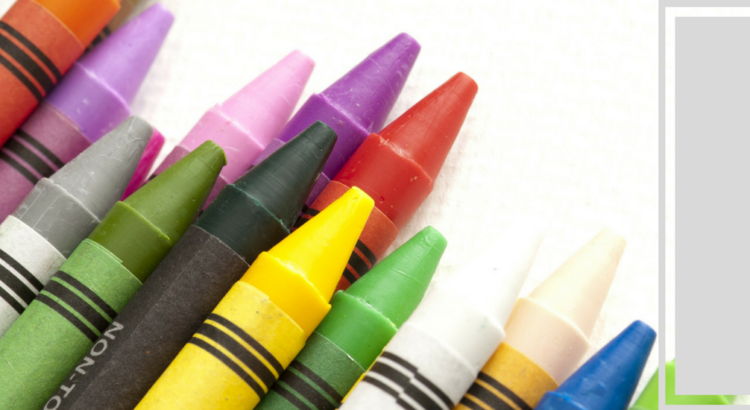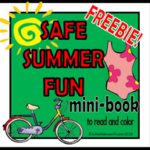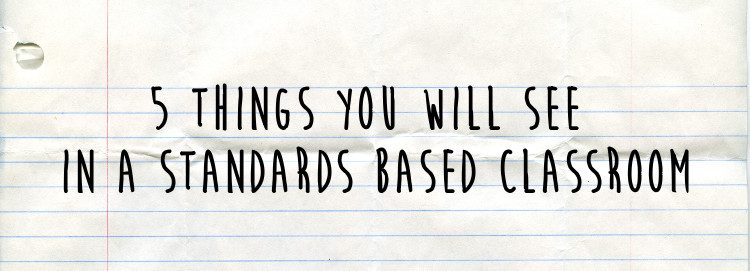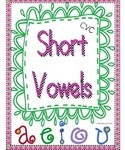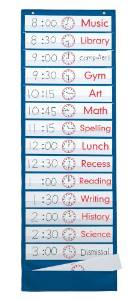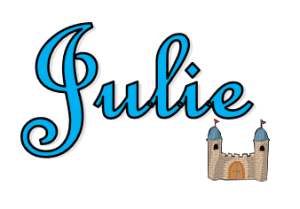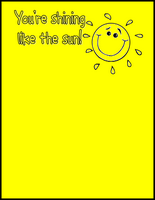Teacher Organization
How many of you have a New Year’s Resolution to get organized? I know, there are a million things to organize. Where to start? Start by organizing your passwords. If you’re like me you have dozens of usernames and passwords that you use at school. Keeping them all in one place cuts down on wasted time and frustration.
Usernames and Passwords
Use this Freebie to organize your usernames and passwords.
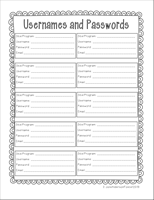
You might also like to organize your Word Wall with my color-coded word wall words. Check them out here! You can read more about how to manage an effective word wall here. See another blog post about organization here.
